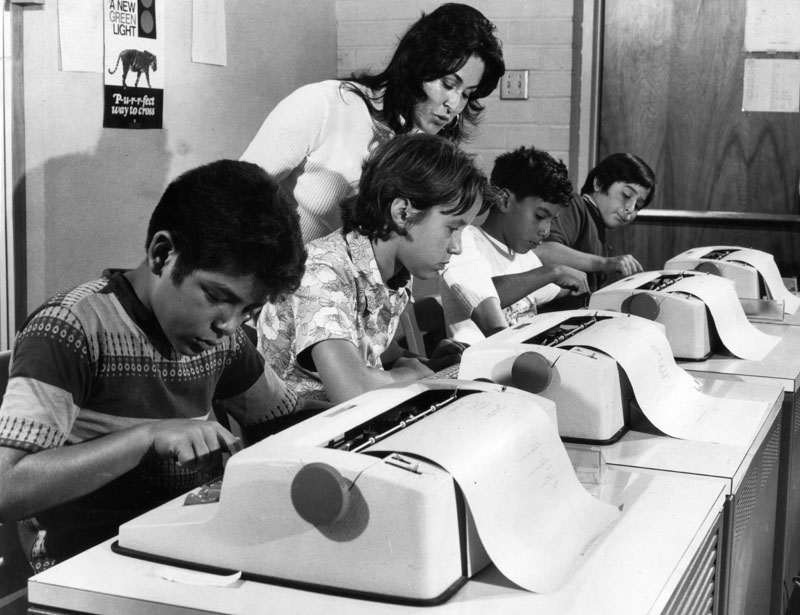Over the course of this semester, I’m working with DWRL instructors to develop a series of lesson plans to help students explore the intersection of race and activism on Twitter. As these lesson plans take shape, I began to think of ways learning about Twitter could help our students develop their communication skills. In other words, I’ve been thinking of the ways in which cultural literacy overlaps with digital literacy.
To this, I keep turning to Vershawn Ashanti Young‘s “Should Writers use they own English?” from Writing Centers and the New Racism: A Call for Sustainable Dialogue and Change. According to Young, learning how read Black Twitter is a lesson in both digital and cultural literacies. Young’s essay is a revelation of both style and critical content, challenging readers to confront their own biases about what styles signify insightfulness. Incorporating examples from new media, Young argues in favor of teaching Black English in colleges. Or, as he challenges, “So when we teach the rhetorical devices of blacks we can add to the writing proficiency of whites and everybody else. Now, that’s something, ain’t it?”
According to Young, teaching all students how read Black English provides students a particular advantage in regards to Twitter, a medium students must master in the post-college workforce. Next on my agenda: taking Young’s advice to create a lesson that considers cultural literacy as digital literacy.
Featured Image: A teacher oversees four elementary school children who are learning the Three R’s with the assistance of an IBM computer at the Los Nietos School District in Whittier. Under a specifically funded program, the children are provided with typewriter-like terminals that enable them to communicate directly with an IBm computer to learn and practice reading, writing and arithmetic skills. The computer instructs and converses at a level and pace geared to each individual child’s ability to learn and has proved an effective adjunct to regular classroom instruction in helping students who face cultural and language differences. Photo dated: January 26, 1976. ” image and description Digital Public Library of America


